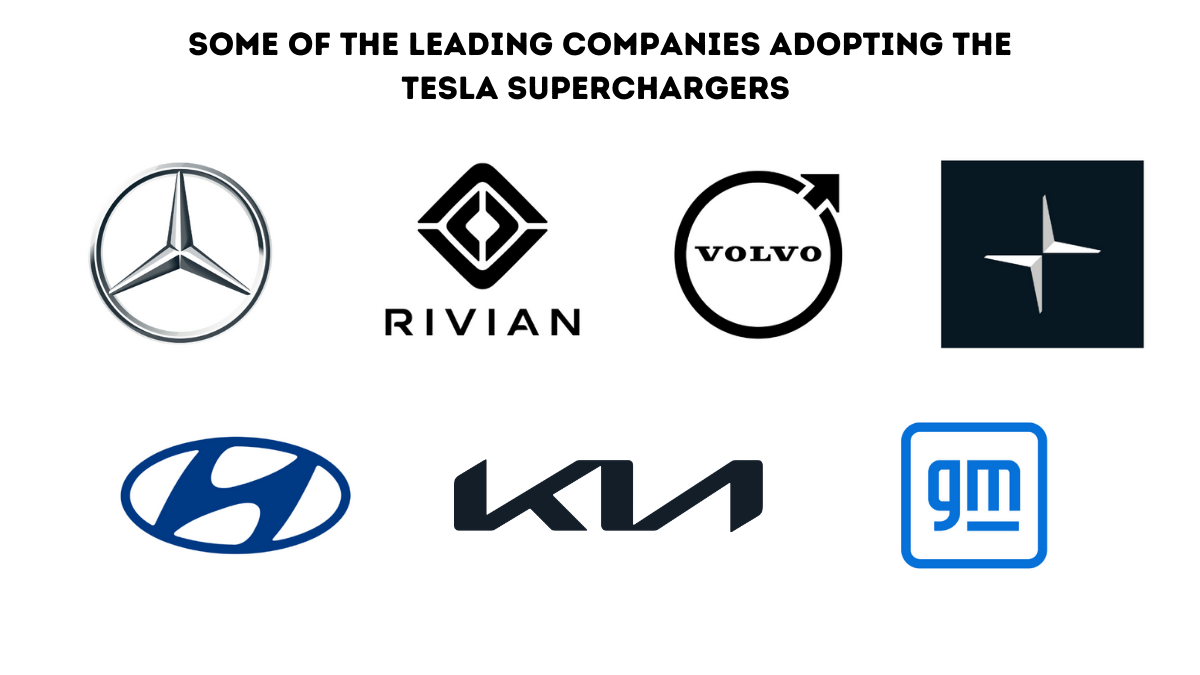The transportation sector underwent drastic revolution with the rise of EV’s and still continues to be revolutionized. We can see many players in this space as compared to a decade before. Most of the people prefer transitioning to EV as the environmental effects of ICE vehicles have become more concerning. The cost of owning an electric vehicle has also significantly come down which is appealing to more customers. We expect EV’s to become more affordable in the upcoming years, with the improvement of battery technology.
As sales of electric vehicles surpassed 10mn in 2022, their marketplaces are expanding exponentially. In 2022, 14% of all new automobiles sold were electric, up from less than 5% in 2020 and roughly 9% in 2021.
Global sales were led by three markets. Once again, China led the way, representing around 60% of global sales of electric vehicles. China currently accounts for more than half of all electric vehicles on the road, and the nation has already surpassed its goal for new energy vehicle sales by the year 2025.
In 2022, the second-largest market was the United States, which saw a 55% growth in electric car sales in 2022, resulting in an 8% sales share.
The electric car sales in Germany grew by 39% YoY in 2022, making it the third-largest market.
Globally, in Q1FY23, over 2.3 million electric cars were sold which was a growth of around 25% from the previous year. By the end of 2023, around 14.5 million vehicles are expected to be sold.
Outside of the major markets, sales of electric vehicles are typically low, however India, Thailand, and Indonesia saw increases in 2022. The total number of electric car sales in these nations increased by more than three times from 2021 to 80 000. In 2022, Thailand’s percentage of electric vehicle sales was just over 3%, compared to an average of 1.5% for both India and Indonesia.
The government’s US$3.2 billion incentive plan, which has garnered US$8.3 billion in investments, is helping India’s EV and component manufacturing ramp up. In order to promote the adoption of EVs, Thailand and Indonesia are also improving their policy assistance programmes, which might be a great example for other emerging market economies.
Some of the leading players in the market today are BYD, Tesla, Rivian, Lucid, VinFast, Volkswagen, Ford, Hyundai, etc., Some of the leading companies are adopting the Tesla Superchargers which are:

These companies have all announced deals with Tesla to allow their customers to use Tesla Superchargers. Some of these companies, such as Ford and Hyundai, will also be producing their own EVs with Tesla-compatible charging ports. Tesla Superchargers are one of the most extensive and reliable EV charging networks in the world.
They are also among the fastest EV chargers available, with some stations capable of charging an EV at a rate of up to 250 kW. Considering the network of chargers and the charging capability, these companies will allow their customers to use Tesla Superchargers which will improve the pace of electrifying the whole fleet of cars.
In 2022, the global spending on electric vehicles was around USD 430 billion, an increase of 50% from 2021. Only 10% of the spending was supported by the government; the rest came from consumers. Investors continue to have faith in EVs, as evidenced by the fact that since 2019, equities of EV-related companies have regularly outperformed those of conventional automakers.
With investments growing in batteries and essential minerals, venture capital investments in start-up companies researching EV and battery technologies have also soared, reaching roughly US$2.1 billion in 2022, up 30% from 2021.
As a result of these factors, the global EV market is expected to grow rapidly in the coming years. According to BloombergNEF, global EV sales are expected to reach 58 million by 2030, up from 6.6 million in 2021. This growth will be driven by all major vehicle segments, including cars, trucks, buses, and vans.
The growth of the EV market will have a significant impact on the transportation sector. Automakers are investing heavily in EV development and production, and new EV models are being released. EV charging infrastructure is also expanding rapidly, making it easier for EV owners to charge their vehicles.
The growth of EVs is also having a positive impact on the environment. EVs are helping to reduce air pollution and greenhouse gas emissions, which are two of the biggest environmental challenges facing the world today. Overall, the outlook for electric vehicles is very positive.
EVs are expected to play a major role in the global transportation system in the coming years. EVs are cleaner, more sustainable, and more affordable than gasoline-powered vehicles.
– Harvind viswanath (Crispidea Analyst)




